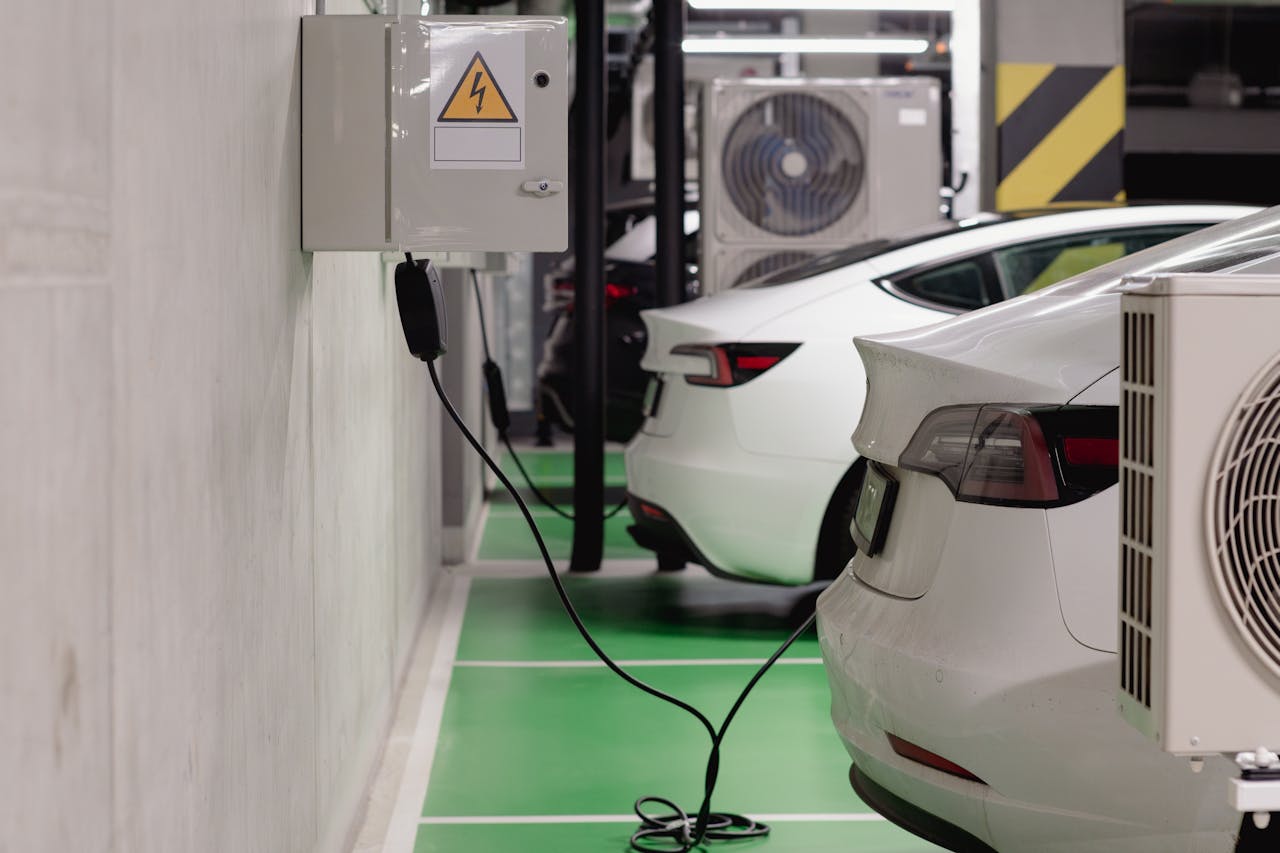
How EV Charging Is Changing Real Estate, Retail & Parking Spaces
- By SDC EV
The EV revolution isn’t just disrupting the automobile industry—it’s rewriting the blueprint of how we use real estate, retail spaces, and parking infrastructure. As India crosses 3 million EVs and counting, the need for convenient charging is reshaping where people shop, stay, and park.
This shift is more than just about plugging in vehicles—it’s creating tangible business opportunities for property owners, mall developers, hotel chains, gated communities, and commercial landlords.
Let’s explore how EV charging infrastructure is becoming a key revenue and retention tool for three major sectors: real estate, retail, and parking.
1. Real Estate: From Add-on to Essential Utility
In 2025, EV charging is no longer a luxury feature—it’s an expected utility in urban real estate. Buyers and renters increasingly prefer homes and offices equipped with charging points, especially in premium or gated communities.
✅ How Developers Are Responding:
Including EV-ready parking bays in new residential and commercial projects
Offering home charger installation packages as part of real estate deals
Partnering with companies like SDC EV for shared community charging units
Business Opportunity:
Developers can increase property value and attract eco-conscious buyers
RWAs (Resident Welfare Associations) can earn revenue by hosting public-access chargers
Builders can access green building certifications and state-level incentives
2. Retail & Malls: Charge Time = Dwell Time
Retail spaces—especially malls, supermarkets, and multiplexes—have quickly realized the value of captive EV footfall. When users plug in their cars for 30–60 minutes, they’re also more likely to shop, eat, or engage with in-mall experiences.
✅ Smart Moves by Malls & Plazas:
Designated premium EV parking zones with fast chargers
Branded EV lounge areas to enhance customer retention
Integration of EV charging into loyalty programs or mobile apps
Business Opportunity:
Earn charging revenue per session or kWh
Lease charger space to third-party operators (e.g., SDC EV)
Generate advertising income via digital displays at charging bays
Improve customer stickiness by offering a value-added amenity
3. Highway Hotels & Hospitality: Powering the Pit Stop Economy
For hotels, restaurants, and service stations along highways and major intercity routes, EV charging is becoming a critical differentiator.
EV travelers actively look for locations where they can charge during a meal or overnight stay—creating new traffic and revenue streams for hospitality businesses.
✅ Leading Examples:
Highway dhabas and hotels offering DC fast chargers for EVs
Resorts bundling “stay + charge” packages for guests
Charging partnerships with companies like SDC EV, Tata Power, and Statiq
Business Opportunity:
Attract EV-driving families and professionals on road trips
Increase average visit duration = higher F&B sales
Offer subscription charging for regular commercial EV traffic (e.g., fleet vehicles)
4. Parking Spaces: Monetizing the Wait
Urban parking lots—both public and private—are being transformed into energy monetization hubs. While a static car used to be just idle space, now it’s an earning opportunity.
✅ How Operators Are Profiting:
Installing Level 2 or DC chargers and charging per use
Offering reserved EV spots at a premium
Partnering with mobile apps for location-based promotions
Even valet operators are getting in on the action—charging cars while parked, and returning them ready to drive.
Why Partnering with SDC EV Maximizes Returns
Companies like SDC EV are enabling malls, hotels, residential developers, and parking operators to deploy plug-and-play charging stations backed by:
Installation & maintenance
Billing software & user apps
Brand visibility
Access to government subsidies
With SDC EV, even small property owners can turn underused space into a green revenue machine.
Final Charge: Property Is Powering the EV Future
As EV adoption grows, charging infrastructure will define the value and usability of physical space. Whether it’s a high-rise apartment complex, a suburban shopping mall, or a highway-side motel, charging is the new amenity—and a new income stream.
Early adopters will gain the first-mover advantage, tapping into government incentives, customer loyalty, and a future-proof revenue model.
The question isn’t “should we install EV charging?”—it’s “how fast can we start?”
